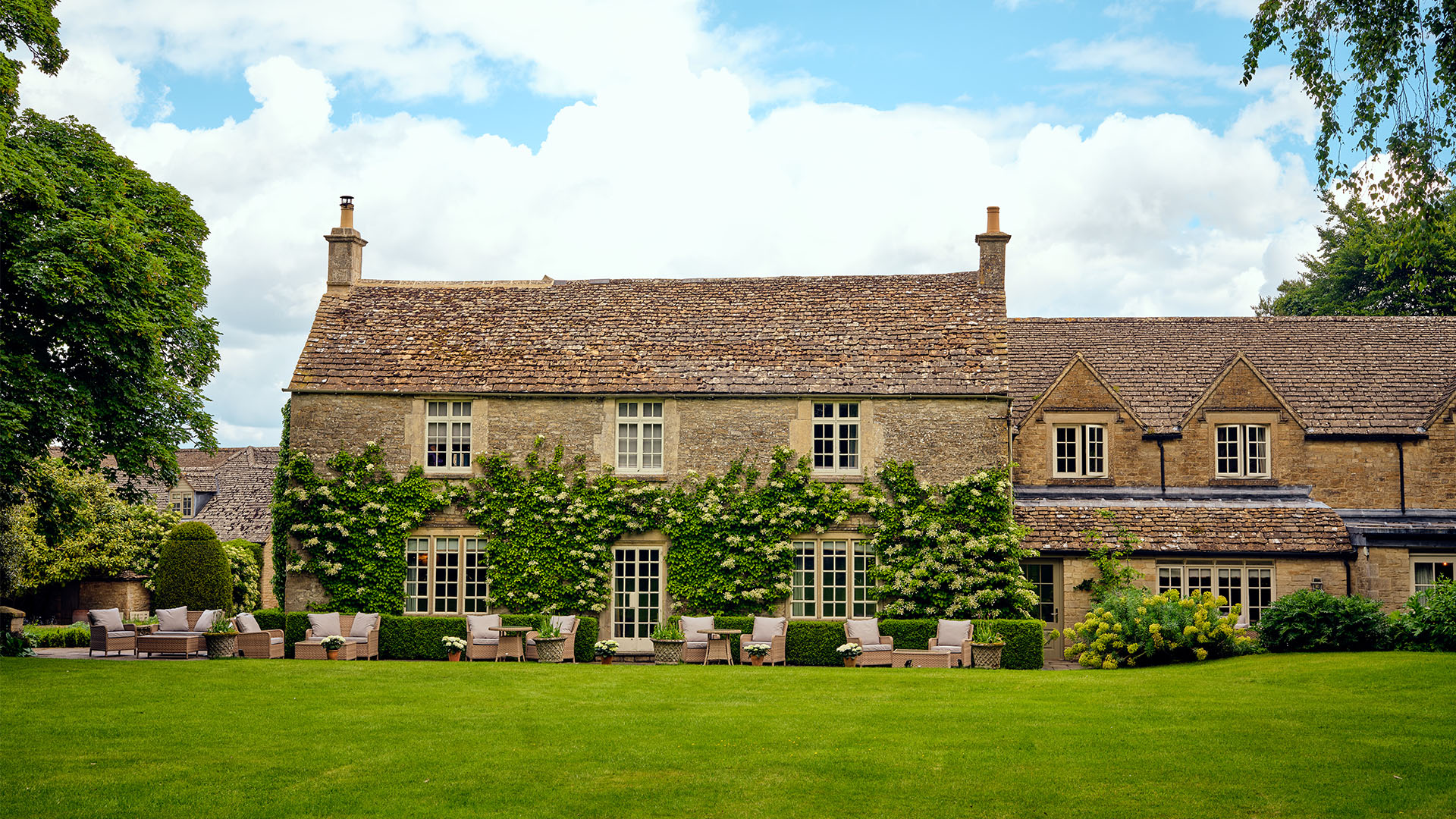
In the rolling heart of the Cotswolds, where honey-stone cottages and heritage orchards have long defined the countryside aesthetic, something quietly radical is taking root in Tetbury. At Calcot & Spa, rewilding is more than a trend — it’s at the heart of everything this Considerate Collection country house hotel stands for. Blending ecological restoration with luxurious hospitality, the estate has spent the last two decades turning manicured farmland into a thriving sanctuary for Skylarks, Shrikes, and wildflower meadows bursting with life. From planting 22,000 native trees to installing bird boxes and managing ancient hedgerows, the team — including visionary head groundsman Steve Farthing and sustainability lead Sally Barker — is proving that true beauty lies not in control, but in harmonious coexistence.

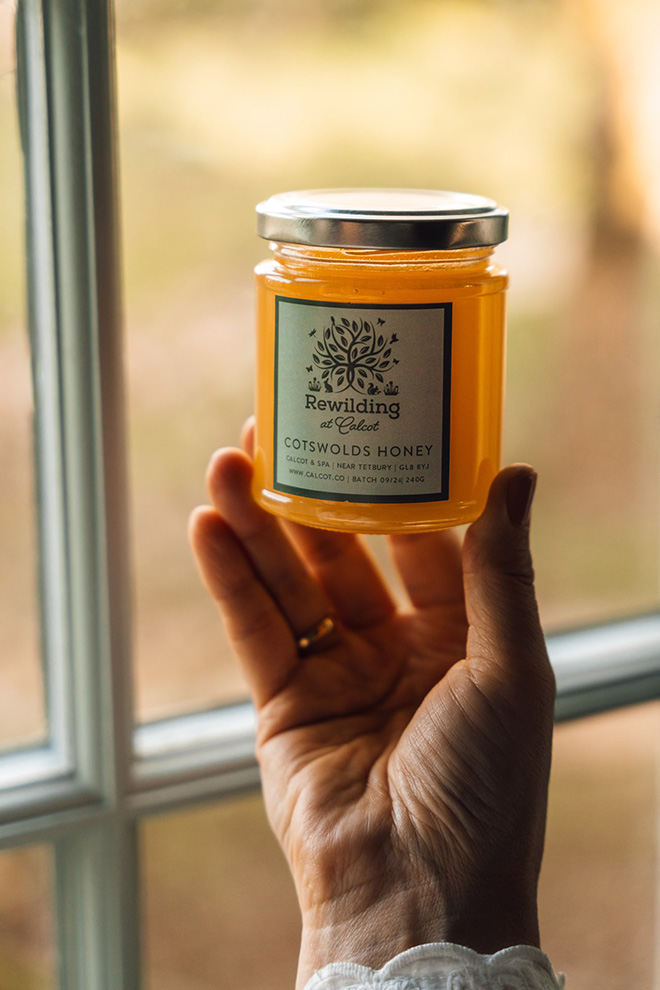
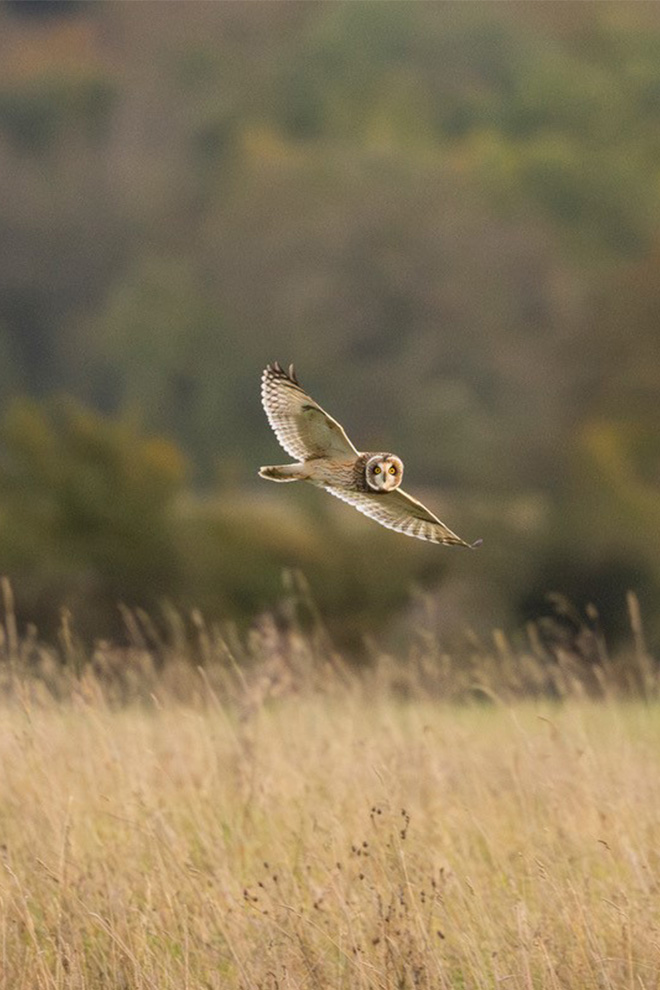

What inspired Calcot Manor to embark on its rewilding journey, and how does it reflect the values of the wider estate and guest experience?
Over 25 years ago, we acquired part of a field (now called Strawberry Field) and transformed this area into a wildflower meadow under the direction and guidance of Charles Flower. Once established, we then went on to purchase the farmland next to Calcot & Spa — this land had been intensively farmed as arable. We planted native Cotswold grass seed mixes and began to rewild the area. After seven years, it became certified organic land.
Additionally, our groundsman Steve and his team began planting shelter belts of trees, including mixed natives such as Beech, Wayfaring and Field Maple — approximately 2,500 trees — along the strip of land by the A46, creating a shelter and a cut-off for owls and hawks to keep them away from the dangers of the main road traffic. A shelter belt was also added to enhance the area beyond the hotel towards Chavenage Farm by planting more native trees. Now, 20 years on, these shelter belts are established habitat.
In 2011, plans for the Jubilee commemoration began and in 2012 we set about creating further woodland, planting almost 22,000 native trees, all under the guidance of the Woodland Trust. Alongside the tree planting, Steve began placing habitat boxes for Owls, Kestrel, Hawks and Bats, noticing the increase in numbers flying over, feeding, and hunting in the area.
Our orchard was planted over nine years ago, and includes several Gloucestershire heritage varieties of pear, apple and plums. These are slow to get going due to the nature of the location (being rather exposed) but we’re confident it is providing many overwintering birds food in the colder seasons. Gordon Kirk was introduced to us in 2017 as the regional representative for the British Trust of Ornithology. He began taking regular surveys of our bird visitors, the latest of which can be found on our website. By 2019, Kirk had documented a record number of nesting skylarks (40 young) as well as other ground nesting varieties, including rare common partridge.
Year on year, we are spotting increasing numbers of rare and endangered farmland birds such as Wheat Ears, Corn Buntings, Linnets, Yellow Hammers and Meadow Pipets, and more recently, the very rare (in this country) Red Backed Shrike and Common Partridge. We work with various local partners including Stroud Landscape Project, the National Trust, and Gloucestershire Wildlife Trust, using their expertise to help guide us on our rewilding journey — including the conservation grazing with a National Trust herd of Belted Galloway cows.
We offer regular nature walks at dawn and dusk with our expert ornithologist, Ed Drewitt, and record the findings. Our beekeeper, Martin from Knight’s Bee Keeping, has enabled us to have our own honey at Calcot, tending our five hives of Chew Valley bees which are vital members of our ecosystem.
As standard for ground maintenance, over the last 25 years Steve and the team leave 10 to 20 metres around the perimeters of our land to encourage insects and pollinators during the peak season. Each year, we vary which area of the fields are cut and mowed to allow overwintering birds to maintain habitat and leave permanent margins around the edges of the main strawberry field to encourage further plant species to develop and spread.
Our rewilding journey continues with a growing recognition that luxury and sustainability can — and should — coexist. At Calcot, we love our 220 acres of land and want to encourage a sense of wellbeing that extends beyond our spa and rooms to the environment itself, which guests, team members, and locals can enjoy. Rewilding felt like a natural extension of that ethos: to care for our landscape not just aesthetically, but ecologically. It reflects our broader mission — to offer guests an experience rooted in tranquillity, authenticity, and respect for nature.
Our rewilding journey continues with a growing recognition that luxury and sustainability can — and should — coexist.
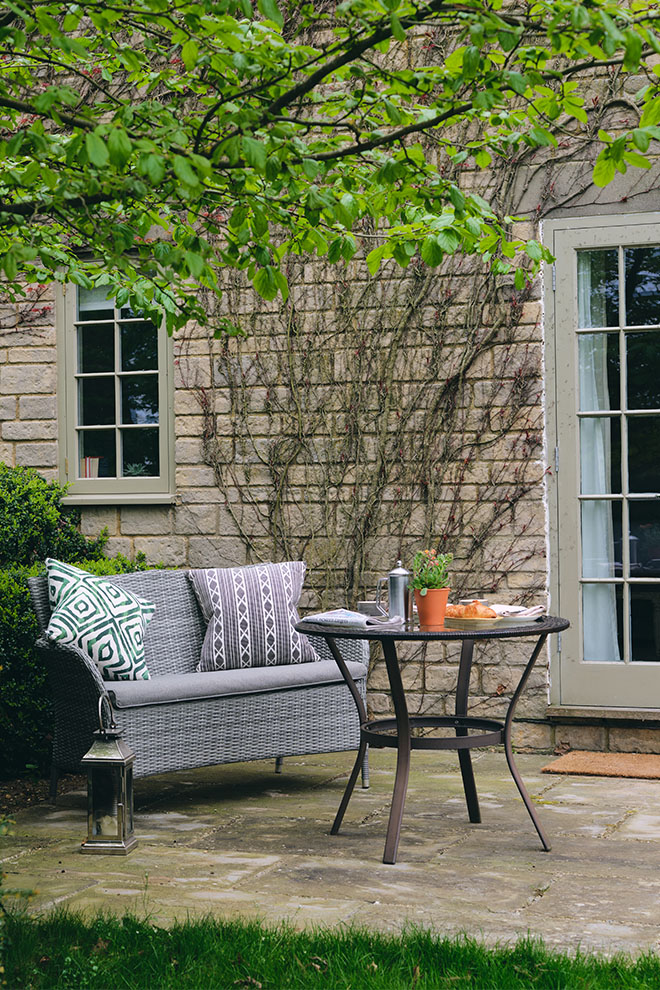
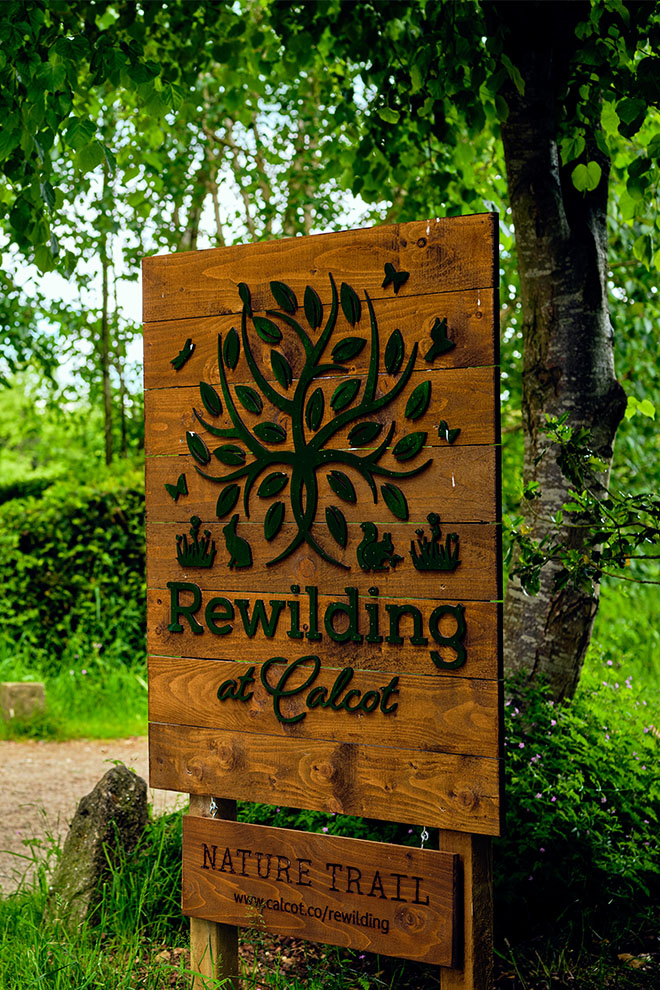
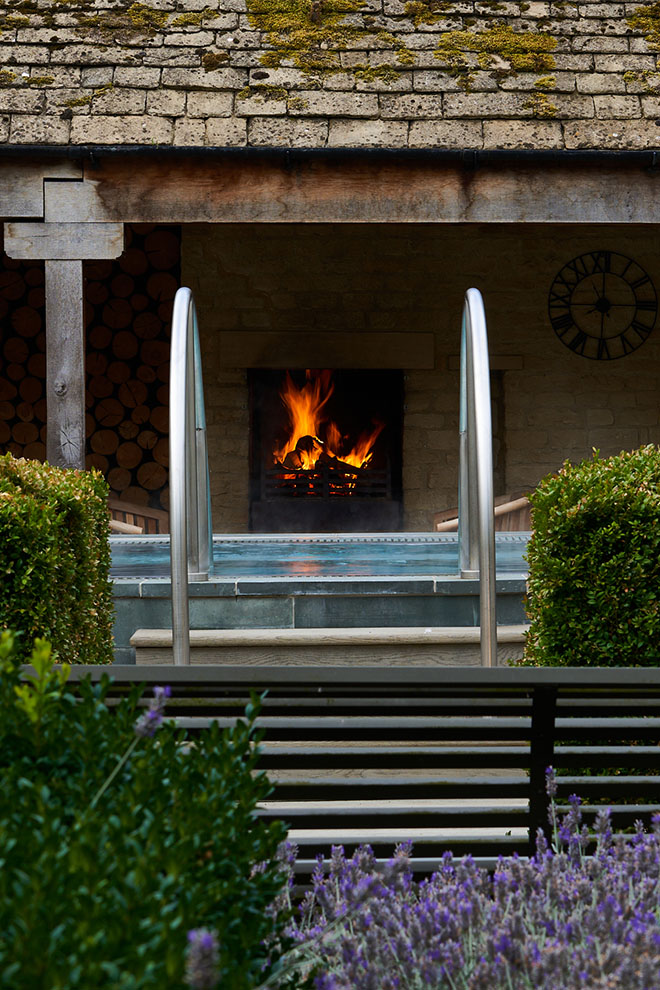
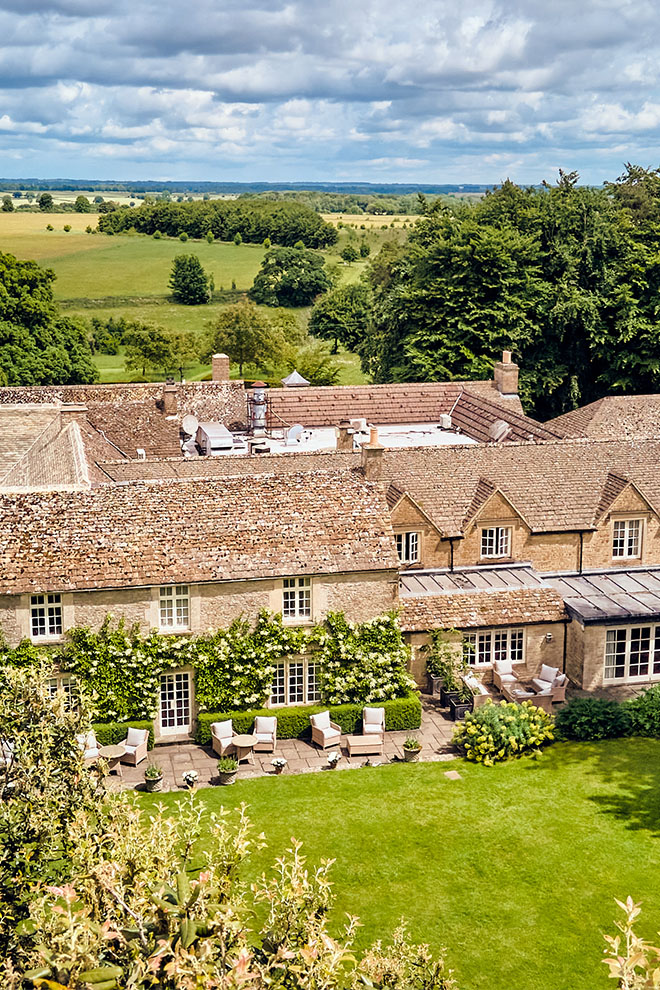
Rewilding is a long-term commitment — what seasonal changes do you observe most closely on the estate, and how do the rhythms of the year shape your work?
Each season brings its own cues and responsibilities. Spring is particularly important — we monitor the return of pollinators and ground-nesting birds, and track plant regeneration using our bird surveys and nature walks. Summer allows us to assess the health of wildflower meadows, orchids and insect populations — we love the butterfly count which gets everyone involved. Autumn is about seed dispersal, soil health, and preparing habitats for overwintering species — we work with the National Trust on seed gathering during this time, as well as working with our beekeeper to gather our honey harvest and taste the year’s treasure.
Winter is quieter yet so beautiful, offering a time for reflection, planning, and understanding how the land is evolving. We welcome our natural lawn mowers, Belted Galloways, which lead our conservation grazing programme with the Stroud Landscape Project. The work is deeply attuned to these natural rhythms — it’s about patience, observation, and letting nature take the lead where possible with a view to assessing what is working and how we can do more.
Can you share a few of the most significant rewilding projects you’ve introduced so far, and the wildlife or ecosystems that are beginning to thrive as a result?
One of our most rewarding projects has been the restoration of wildflower and orchid-rich meadows, which were once dominated by uniform grass species. These now support bees, butterflies, and even rare birds like skylarks — we’re thrilled to have such a rich and sometimes rare bird life calling Calcot home, even just for a while. We keep surveys, using local volunteers of what’s been spotted, and have introduced nature walks in spring and winter with our ornithologist – taking out team members and guests alike. Our Barn Owl boxes have been successful over the last few years which delight our guests when they get a glimpse of the beautiful haunting vision of an owl swooping on our land at dusk. We’ve also reintroduced native hedgerows, not just as boundaries but as vital wildlife corridors.
New in 2024, we undertook para-taxonomy insect workshops to look at what insects we have on the land — a fascinating exercise which we’ll repeat each summer. Slowly but surely, we’re seeing a more dynamic and self-sustaining ecosystem take root.
What have been some of the biggest surprises or challenges during the rewilding process, particularly in a managed countryside like the Cotswolds?
One of the biggest surprises has been how quickly certain species return once conditions improve — it’s a reminder of nature’s resilience. However, balancing rewilding with the expectations of a landscaped estate and guest experience can be complex. For example, letting certain areas ‘go wild’ can challenge traditional ideas of beauty and tidiness. There’s also the challenge of legacy land management practices around us in our part of the Cotswolds. Changing those habits takes time, education, and community engagement which we’re keen to be part of with Stroud Landscape Project — it’s about sharing best practice and successes.
Of course, changes in climate and seasons shifting are causing challenges which are clearly visible. Earlier springs are causing plants and insects to emerge before birds migrate or bees become active, disrupting food availability. Wetter winters and summer droughts threaten meadows, nesting sites, and key foraging areas.
Closer to home, a challenge for us is educating guests and telling the story on what we are doing and how we are working with nature — for example, keeping dogs on leads through our 220 acres to protect the ground nesting birds. It’s finding a balance between areas looking ‘messy’ and ‘unkempt’ which encourages wildlife rather than looking aesthetically luxurious and well maintained. We assure our guests rewilding still requires management and there is a plan!
Looking ahead, what are your hopes for the future of rewilding at Calcot — and how might your work serve as a model for other hospitality businesses?
Our hope is to create a flourishing natural landscape that enhances wellbeing for both wildlife and people — a place where guests can truly feel immersed in nature’s recovery. Looking forward, we’re exploring deeper collaborations with local conservation groups and offering more educational opportunities for guests to get involved, as well as encouraging local volunteers to help tree planting and undertaking the surveys with us. We’d love to see other hospitality businesses embrace rewilding not as a trend, but as a core value — a way to give back to the land that sustains their business.
We’re not standing still either – we’ve created a timeline and land management plan for the next five to 10 years incorporating more planting, annual para-taxonomy reports, and bird counts, and will continue to work with local partners to enhance the work we’re doing and encourage other landowners to do the same.
Latest stories
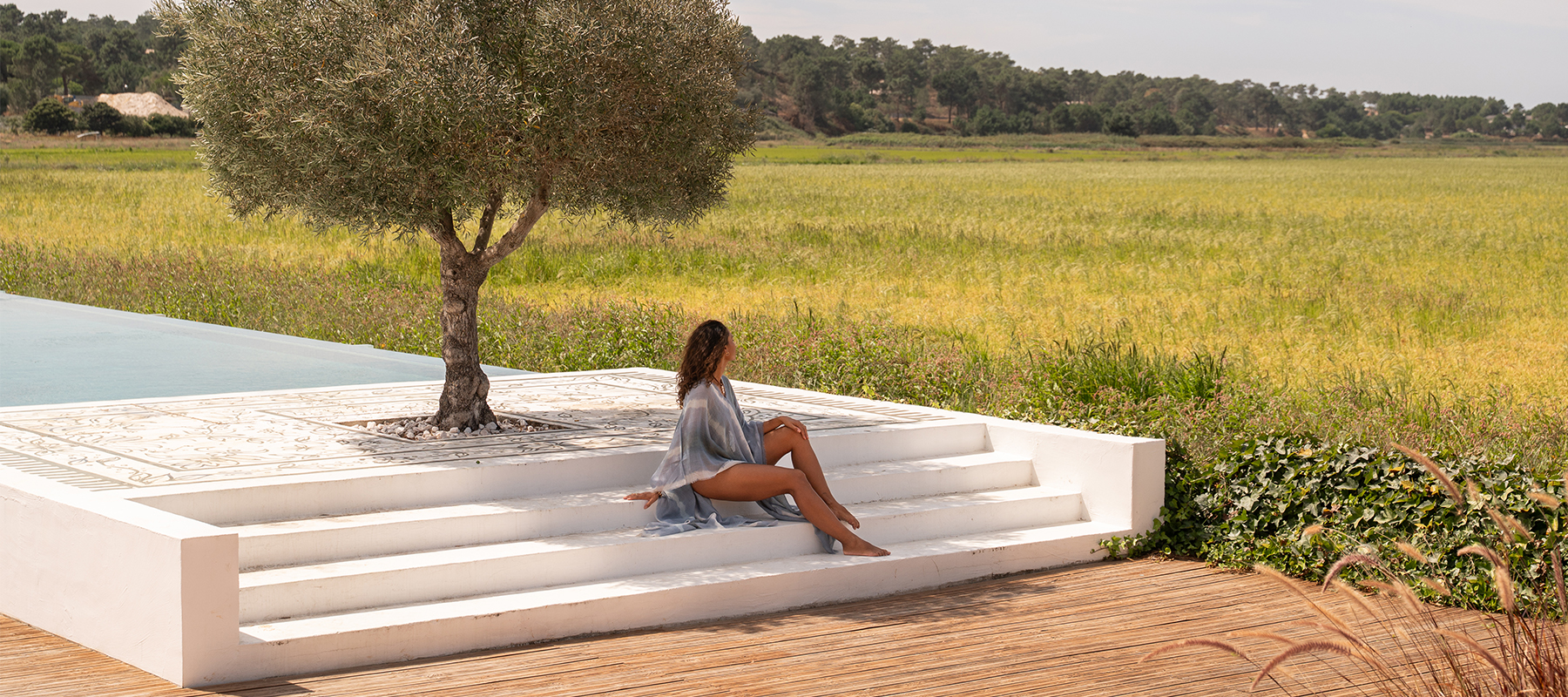
Wildly restorative: 5 nature-immersed wellbeing retreats
When life feels overstimulated and ungrounded, nature has a way of calling us back to ourselves. From jungle canopies and thermal rivers to rice paddies and seaweed-wrapped coastlines, these wellbeing retreats invite a slower, more intuitive kind of restoration — one shaped by landscape, culture and ancient ritual. Part of
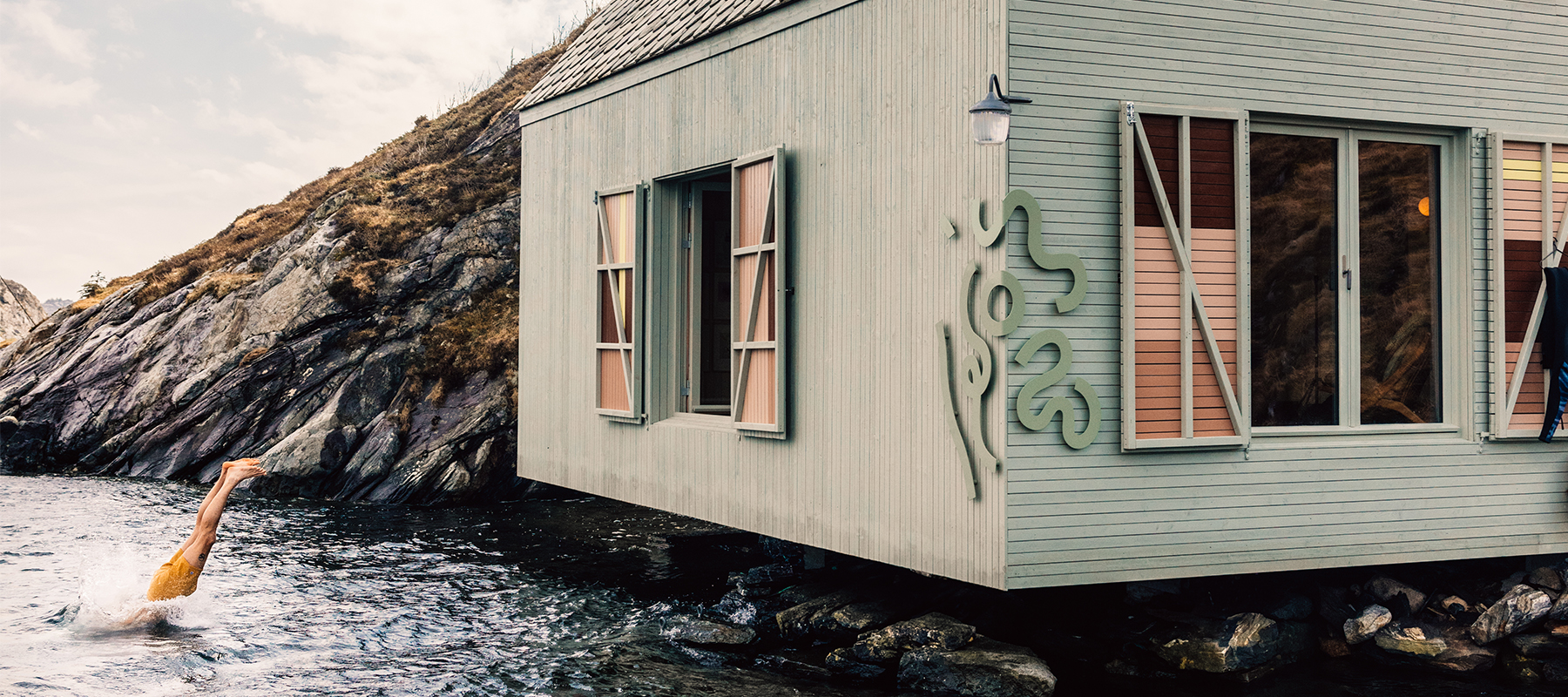
From Nordic cabins to cave suites: top boutique hotels for January
January has a way of sharpening the senses — a moment to pause, take stock and choose travels that feel intentional. Some escapes offer deep calm in dramatic landscapes, from Norway’s island edges to Sri Lanka’s mist-wrapped highlands. Others inspire with vineyard views in South Africa’s wine region, stone-carved suites

A foodie guide to Ireland: from coastal catches to country kitchens
With Guinness as rich as its landscapes are green — and whiskey never far from reach — Ireland’s charms can be drunk in and eaten up from the moment you arrive. And while its culinary reputation has soared in recent years, nothing quite compares to tasting your way around the
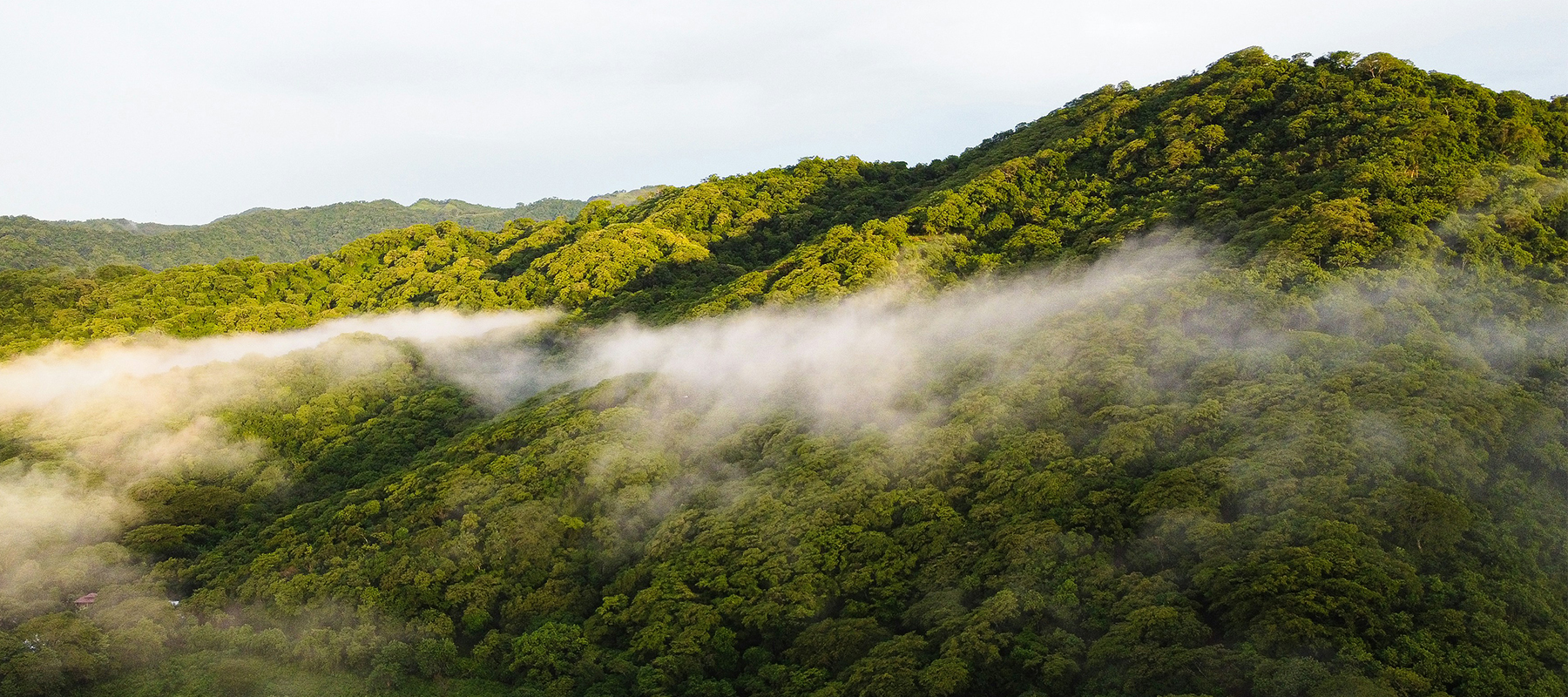
The natural highs of hiking solo in Costa Rica’s cloud forest
Out of nowhere, a stark yet melodic chirp punctuates the dense moss-heavy virgin forest, halting me in my tracks with its hypnotic, unadulterated beauty. I later discover it was likely the song of a black-faced solitaire, a bird that’s rare to see, yet glorious to the ears. And just one

